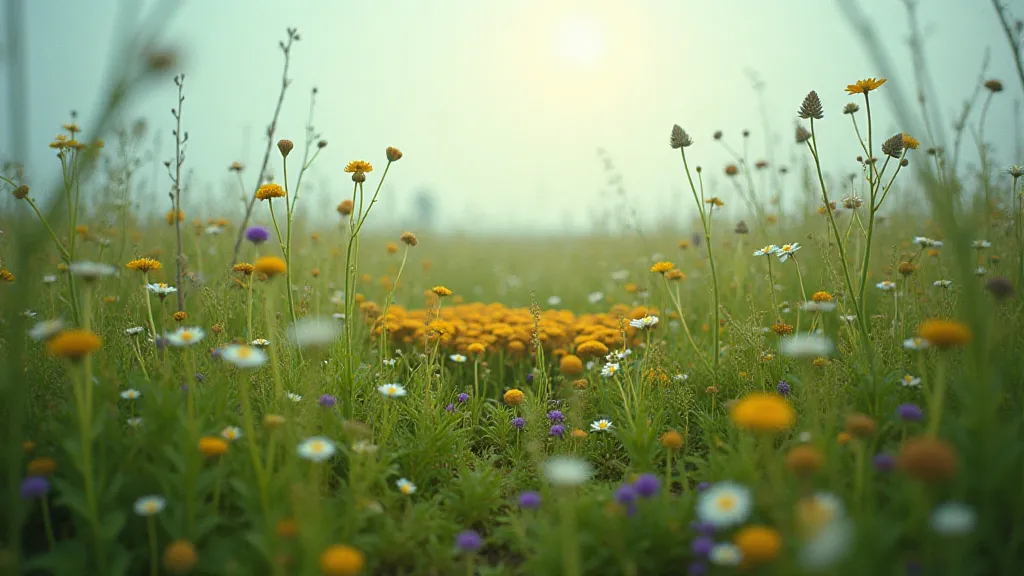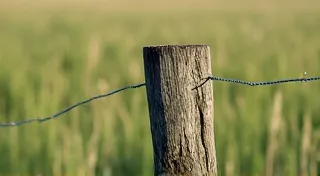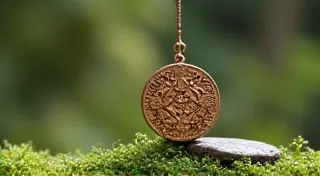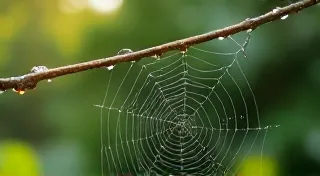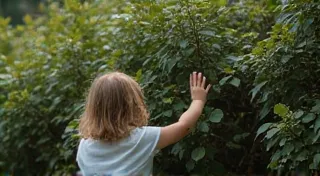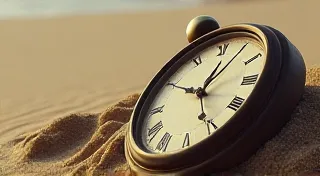Aureate Boundaries: Fairy Rings and Sacred Groves
The scent of damp earth and decaying leaves holds a peculiar magic, doesn't it? It’s a scent intertwined with childhood explorations, the quiet rustle of secrets whispered by the wind through ancient trees, and a feeling… a palpable sense of being watched, of stepping into a place both familiar and profoundly strange. For centuries, that feeling has been amplified and explained by folklore surrounding fairy rings – those astonishingly beautiful, naturally occurring circles of mushrooms.
But the fascination with these rings isn’t solely about the mushrooms themselves. It’s about what they represent. Consider them, not as isolated botanical anomalies, but as shimmering portals, boundary markers separating the everyday world from something…other. And if we look beyond the ring itself, into the surrounding landscape, we often find another marker of the same profound sense of sacredness: the ancient grove.
My grandfather, a taciturn woodcarver, once pointed out a fairy ring while we were walking in the depths of the New Forest. He didn’t speak of fairies, not in the sense of winged creatures and mischievous pranks. Instead, he spoke of “the old ways,” of places where the veil was thin, where the ancestors lingered, and where the earth hummed with a power felt, not understood. He’s gone now, but the image of that ring – the perfect circle of *Marasmius oreades*, golden and glowing in the dappled sunlight – remains vivid. It wasn’t simply a botanical curiosity; it felt like a threshold.
Echoes of Reverence: The Grove and the Ring
The connection between fairy rings and sacred groves isn’t arbitrary. Both serve as markers of places deemed special, places avoided, revered, and occasionally, ritually used. Across Europe, and indeed around the world, we find parallel beliefs. In Celtic traditions, groves – dense, untouched woodlands – were often sites of Druidic rituals, considered closer to the Otherworld. The trees themselves were venerated, believed to house spirits and embody ancient wisdom. Similarly, fairy rings were often surrounded by a sense of taboo. To step inside, according to folklore, could bring misfortune, madness, or even being spirited away entirely. Some believed that dancing within a ring brought you into the fairies’ thrall, from which escape was almost impossible.
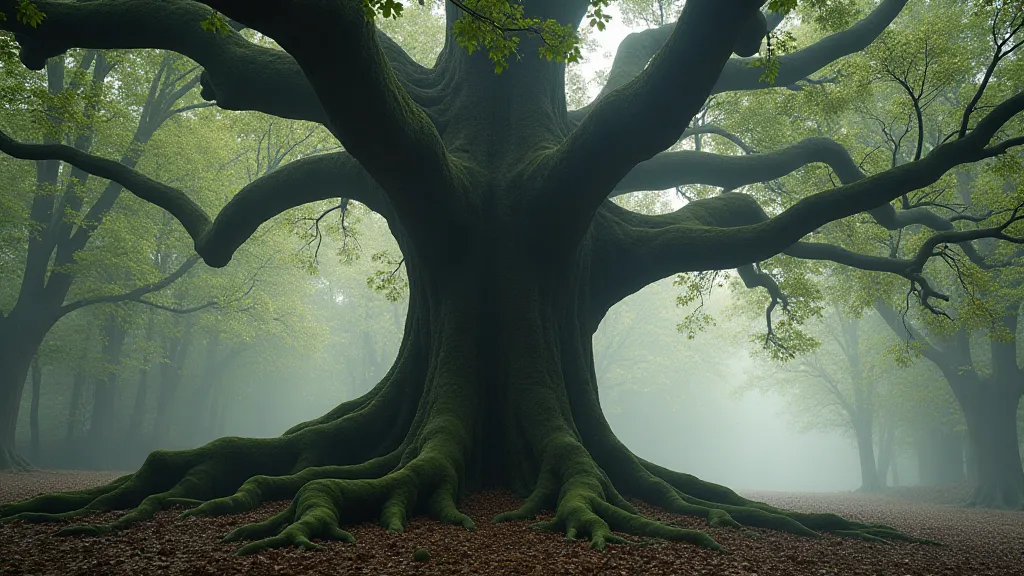
This aversion wasn’t always born of fear, however. Sometimes, it was a sign of respect. The belief was that disturbing the ring, trampling its delicate mycelial network, was akin to desecrating a sacred space. It’s a sentiment that echoes in other cultures’ reverence for natural formations – standing stones, uniquely shaped rocks, even specific hills or valleys – all designated as places of power.
Mycelial Memory: The Science and the Story
Science offers a rational explanation for fairy rings. They are formed by fungi spreading outwards from a central point, consuming organic matter and eventually exhausting the nutrients in that area, forcing the fungus to seek out fresh resources. The mushrooms we see are the fruiting bodies, the reproductive organs of the underlying mycelial network. However, reducing these circles to mere biological processes feels strangely insufficient. It misses the essential element: the human need to ascribe meaning, to find patterns and purpose in the natural world.
Consider the older folklore; the narratives are consistently rich with symbolism. The circular form itself is significant. Circles represent completeness, eternity, and the cyclical nature of life and death. The ring becomes a visual representation of this ongoing process, a boundary between worlds. And the mushrooms themselves? Across cultures, mushrooms have long been associated with transformation, consciousness, and the spirit world. Their ability to seemingly “appear” from the earth, fully formed, lends them an aura of mystery and otherworldliness.
Regional Variations: A Global Tapestry
While the core beliefs surrounding fairy rings are remarkably consistent across Europe, the details vary significantly from region to region. In Scandinavia, for example, they’re often associated with the Álfar – the “light elves” or shining ones – and are considered dangerous places best avoided. In Germany, they’re known as “Hexenkreise” – witches’ circles – and are linked to pagan rituals and gatherings. In Cornwall, England, the legends speak of dancing with the Piskies within the ring, a perilous proposition that could lead to bewitchment or eternal servitude.
The folklore of mushrooms in general reveals a fascinating interplay of fear and fascination. In Slavic cultures, some mushrooms are believed to be gifts from the forest spirits, while others are poisonous deceivers, capable of causing madness or death. This duality mirrors the ambiguous nature of the fairy rings themselves – alluring and beautiful, yet potentially dangerous.
A Lost Craft: Accordions and the Echo of Ancient Beliefs
My grandfather, besides being a woodcarver, was an incredibly skilled accordion player. He maintained his instruments with an almost obsessive care, a dedication born not just of practicality, but of profound respect for the craft. There's a parallel, I think, to the reverence people hold for ancient groves and fairy rings. Both require a careful stewardship, a recognition of their intrinsic value, and a willingness to preserve them for future generations.

The meticulous detail in crafting an accordion, the precision of each key, the careful shaping of the bellows, the artistry of the decoration – it’s a tangible connection to the past, a testament to human ingenuity and skill. Restoring an old accordion isn't just about fixing broken parts; it’s about honoring the work of the original craftsman, about breathing new life into a piece of history. It’s about maintaining that connection to a tradition that, like the legends of fairy rings, speaks to something deeper within us.
Preserving the Memory
The world is changing, and with it, the landscapes that have fostered these ancient beliefs. Modernization, agriculture, and urbanization are encroaching upon the groves and the meadows where fairy rings flourish. It’s crucial that we don’t lose sight of the cultural significance of these places, that we understand the stories they hold and the lessons they impart.
The next time you find yourself walking through a woodland, take a moment to look around. Do you feel it? That sense of something…more? Perhaps you’ll stumble upon a fairy ring, or an ancient grove, and you'll catch a glimpse of the magic that still lingers in the heart of the natural world. And remember, it's not just about the mushrooms, or the trees. It’s about the stories they tell, and the echoes of a reverence that stretches back to the dawn of time.
